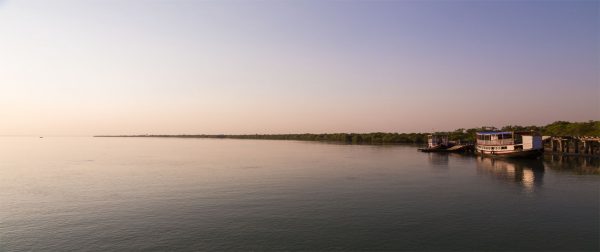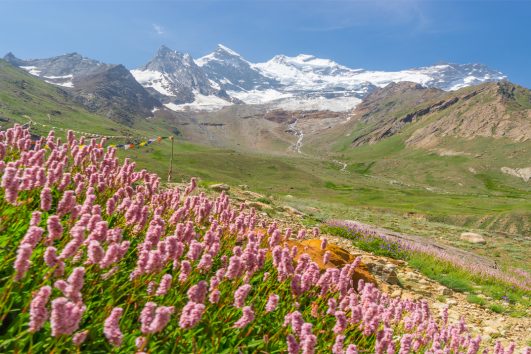The Sunderban is a region of great ecological significance located in South Asia. It sprawls across the southern part of Bangladesh and the eastern part of India, covering approximately 10,000 square kilometers. This unique region is renowned for its distinctive geography, extraordinary biodiversity, and its critical role in supporting the livelihoods of local communities.
Geography and Environment
Delta Formation: The Sunderbans is formed by the confluence of several major rivers, including the Ganges, Brahmaputra, and Meghna, which empty into the Bay of Bengal. This convergence results in the formation of an intricate network of waterways and islands.
Mangrove Forests: The most iconic feature of the Sunderban is its vast mangrove forests, which are the largest in the world. These mangroves are characterized by species such as the Sundari tree (Heritiera fomes) and provide a unique habitat for diverse flora and fauna.
Waterways and Rivers: The region is crisscrossed by a complex system of tidal rivers, channels, and estuaries. These waterways are essential for transportation and are the lifeblood of the Sunderban providing a constant supply of water and nutrients.
Tidal Fluctuations: The Sunderbans experience extreme tidal fluctuations, with water levels rising and falling dramatically twice a day due to the gravitational pull of the moon. This natural phenomenon is essential for the health of the ecosystem.
Biodiversity
- Flora: The Sunderbans are home to a rich diversity of plant species, particularly mangroves. These resilient trees and shrubs have adapted to thrive in saline conditions, creating a unique ecosystem.
- Fauna: The region is famous for its population of Bengal tigers, one of the largest remaining tiger populations in the wild. Other wildlife species include saltwater crocodiles, Indian python, spotted deer, and various fish species.
- Avian Species: The Sunderbans are a haven for birdwatchers, with numerous avian species, including kingfishers, herons, eagles, and migratory birds, making it their home.
Conservation Efforts
- UNESCO World Heritage Site: In recognition of its ecological importance, the Sunderbans has been designated as a UNESCO World Heritage Site, ensuring international protection and recognition.
- Threats to the Ecosystem: The region faces numerous threats, including climate change, habitat destruction, pollution, and human-wildlife conflict.
- Conservation Initiatives: Various initiatives aim to safeguard the Sunderbans, including tiger conservation programs, involving local communities in conservation efforts, and continuous research and monitoring of the ecosystem.
Human Interaction
- Indigenous Communities: Indigenous communities like the Munda, Oraon, and Bawaliya have lived in harmony with the Sunderban for generations, relying on its resources for their livelihoods.
- Livelihoods: Fishing, honey collection, and agriculture are some of the primary livelihoods of the local communities. However, these livelihoods are often threatened by the region’s ecological challenges.
- Sustainable Tourism: Sustainable tourism is promoted to generate income for local communities while minimizing environmental impact.
Challenges and Future Prospects
- Climate Change Impacts: Rising sea levels and extreme weather events pose a significant threat to the Sunderbans. Conservation efforts must adapt to address these challenges.
- Human-Wildlife Conflict: As human populations increase, conflicts between humans and wildlife, particularly tigers, are on the rise and require innovative solutions.
- Balancing Conservation and Development: Striking a balance between conserving this unique ecosystem and promoting sustainable development in the region is a complex challenge that requires careful planning and cooperation.







Tour Reviews
There are no reviews yet.
Leave a Review